

— Blogs —
—Products—
 Consumer hotline +8618073152920
Consumer hotline +8618073152920 WhatsApp:+8615367865107
Address:Room 102, District D, Houhu Industrial Park, Yuelu District, Changsha City, Hunan Province, China
Product knowledge
Time:2025-11-04 14:24:32 Popularity:217
An Automated Weather Station (AWS) is an integrated environmental monitoring system designed to continuously measure air temperature and humidity, wind speed and direction, rainfall, solar radiation, atmospheric pressure, and soil parameters. AWS replaces manual observation with 24/7 real-time monitoring, widely applied in agricultural irrigation, photovoltaic energy, research, and environmental management.
- Real-Time Monitoring: High-frequency sampling with data updates every 1–5 minutes
- Remote Access: Supports LoRa, 4G/5G, and WiFi wireless transmission
- Intelligent Analysis & Alerts: Automatic notifications for abnormal weather conditions
- Modular Expandability: Flexible sensor and module combinations
Niubol AWS systems feature modular design to meet diverse project requirements while ensuring long-term stable operation.

An AWS operates as a multi-layer closed-loop system, transforming raw data into real-time, accurate, and actionable outputs. The process consists of five key stages:
- Air Monitoring: Temperature/humidity sensors, wind speed/direction sensors, barometric pressure sensors
- Rainfall Monitoring: Tipping-bucket or weighing rain gauges
- Solar Radiation Sensor: For photovoltaic forecasting and photosynthesis analysis
- Soil Parameters: Soil moisture, temperature, conductivity, and pH sensors
High-frequency sampling (per minute or every 5 minutes) ensures data timeliness and reliability. Multi-point redundancy and sensor self-diagnostics enhance accuracy.
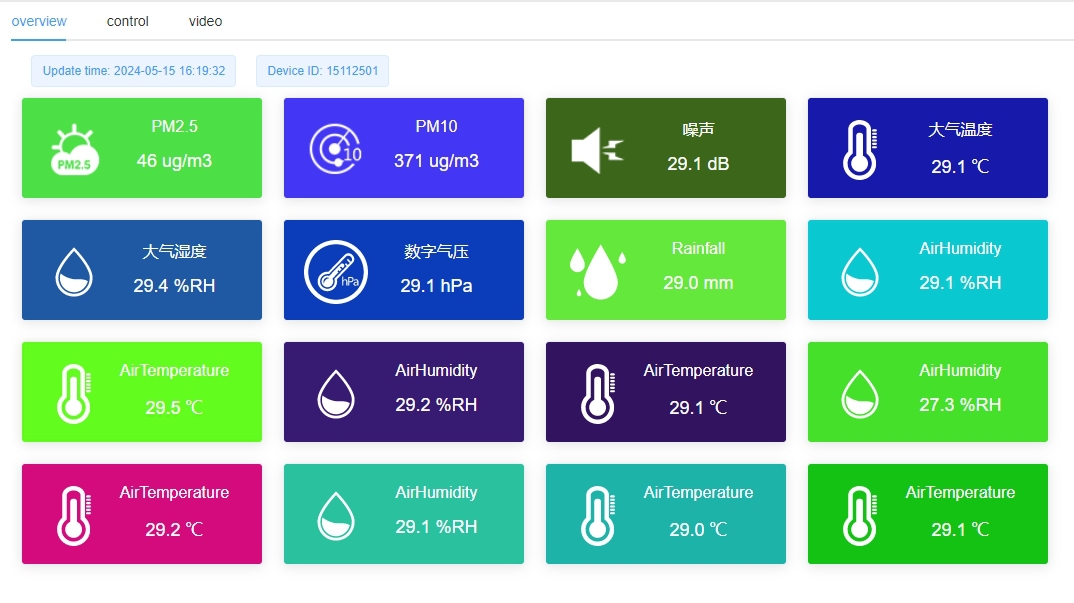
- Filtering & Anomaly Removal: Eliminates interference from wind, temperature fluctuations, or vibrations
- Calibration: Temperature drift correction, humidity drift correction, automatic zero-point calibration
- Calculated Indices:
- Soil drought index
- Evapotranspiration estimation
- Wind safety levels
- Caching Mechanism: Local data storage during network outages; automatic upload upon reconnection
Edge processing ensures real-time performance and system availability even in network-constrained environments.
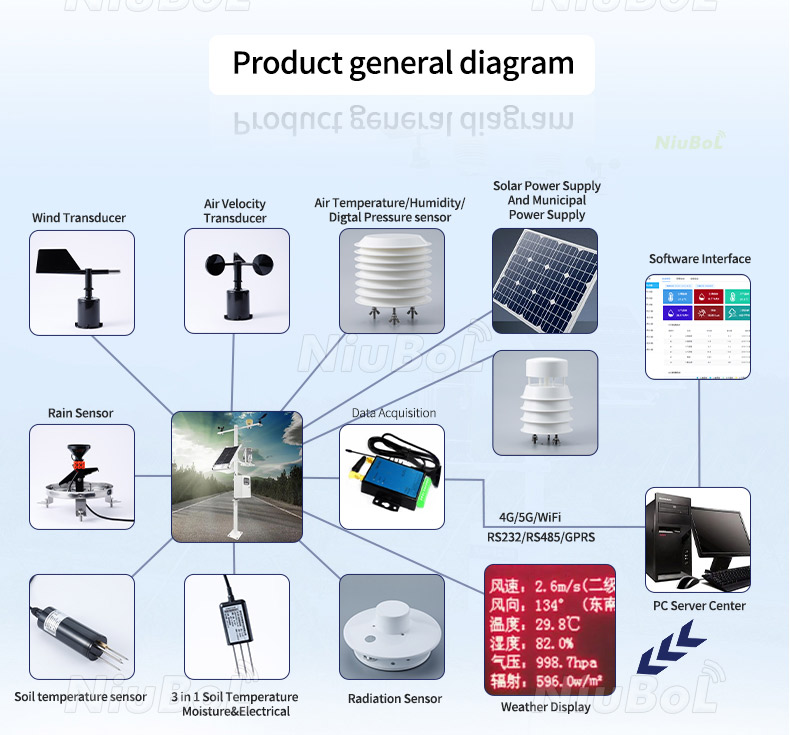
| Communication | Features | Advantages | Limitations |
| LoRa | Low power, long range | 2–15 km coverage, ideal for remote farmlands | Low bandwidth, not suited for high-frequency sampling |
| 4G/5G | High speed, real-time | Perfect for solar farms and high-frequency research | Higher power consumption and operational costs |
| WiFi | Low cost, fast deployment | Suitable for greenhouses and small areas | Limited coverage range |
- Data encryption and compression for security and efficiency
- Breakpoint resume mechanism for automatic retransmission after network recovery
Wireless transmission ensures secure, real-time, and complete data delivery, even in complex geographical settings.
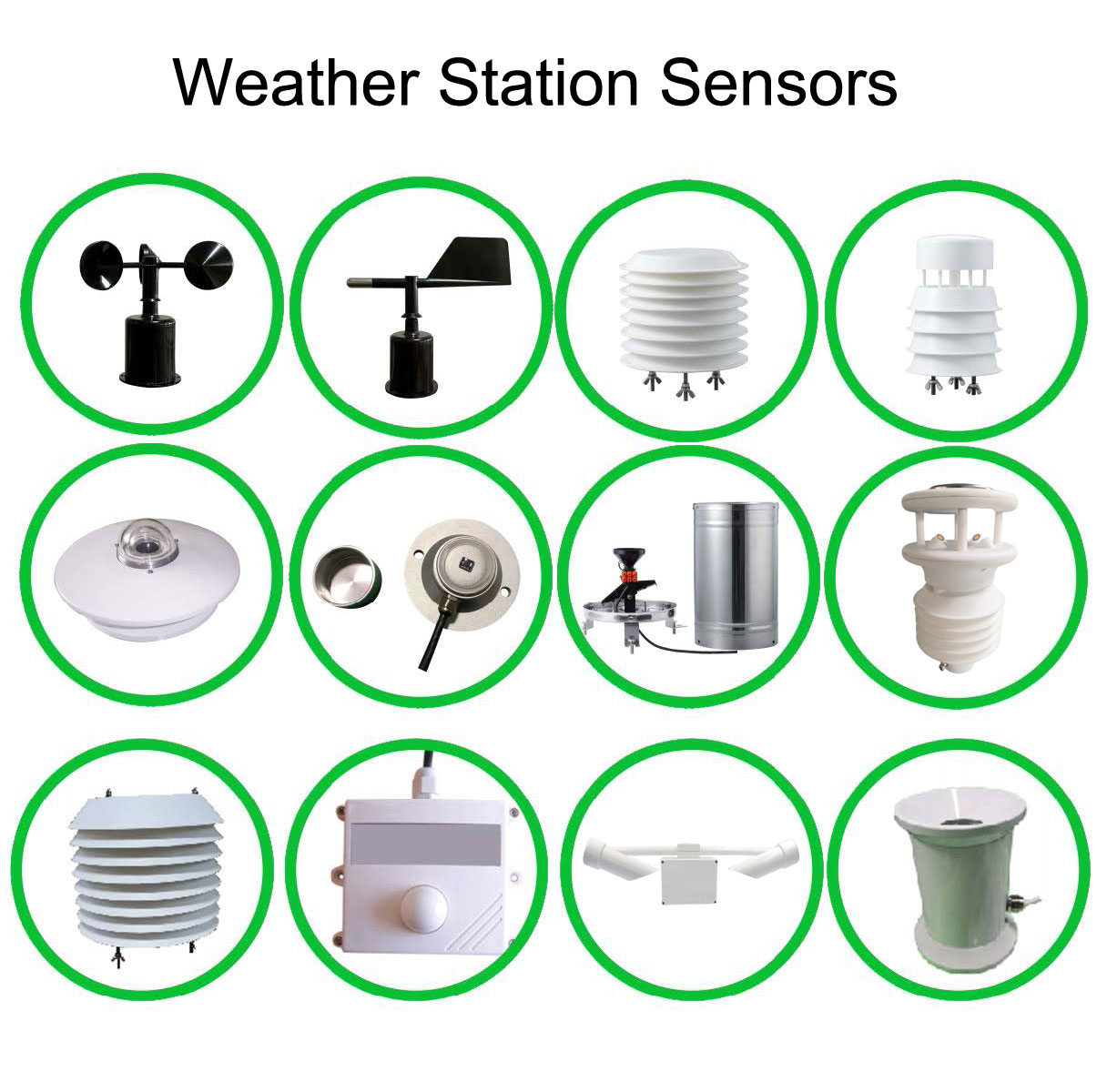
- Trend Forecasting: Weather patterns, crop growth models, photovoltaic generation predictions
- Anomaly Alerts: Automatic triggers for threshold breaches
- Data Visualization: Dashboards, line charts, heatmaps
- Intelligent Decision Generation:
- Precision irrigation schedules
- Photovoltaic equipment optimization
- Research data reports
Data is transformed from raw information into executable commands, enabling true intelligent management.
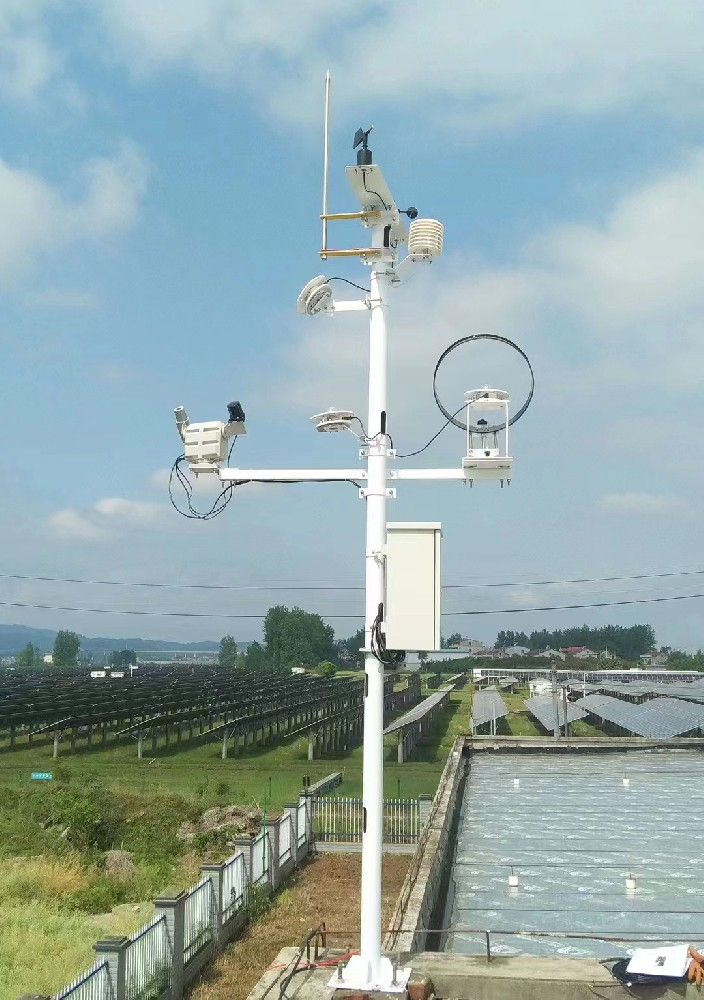
- Agriculture: Links with irrigation systems for precise watering
- Energy: Adjusts equipment based on wind speed or radiation
- Multi-Level Response Strategies:
- Mild Alert: Notify operators
- Moderate Alert: Auto-adjust system parameters
- Critical Alert: Trigger emergency protection
Acquisition → Edge Processing → Cloud Analysis → Automated Decision → System Execution → Data Feedback

- Define Application Scenario: Agriculture, photovoltaics, or research
- Sensor Accuracy & Types: Temperature/humidity, wind, rainfall, soil parameters
- Communication Choice: LoRa/4G/5G/WiFi
- Power & Protection: Solar + battery, IP65+ rating
- Brand & Support: Niubol offers long-term technical support and modular solutions
Yes, firmware and software can be updated remotely via the Niubol cloud platform.
Centralized cloud platform enables synchronized monitoring and analysis across multiple stations.
Yes, in CSV, Excel, or JSON formats—ideal for research and reporting.
Niubol’s industrial-grade design (IP65+) withstands high temperatures, heavy rain, strong winds, and dust.
Yes, via API, MQTT, or Modbus protocols for automated control.
Niubol’s edge computing and high-frequency sampling ensure second-level response—latency is negligible.
Global technical support, rapid spare parts supply, and periodic calibration recommendations.
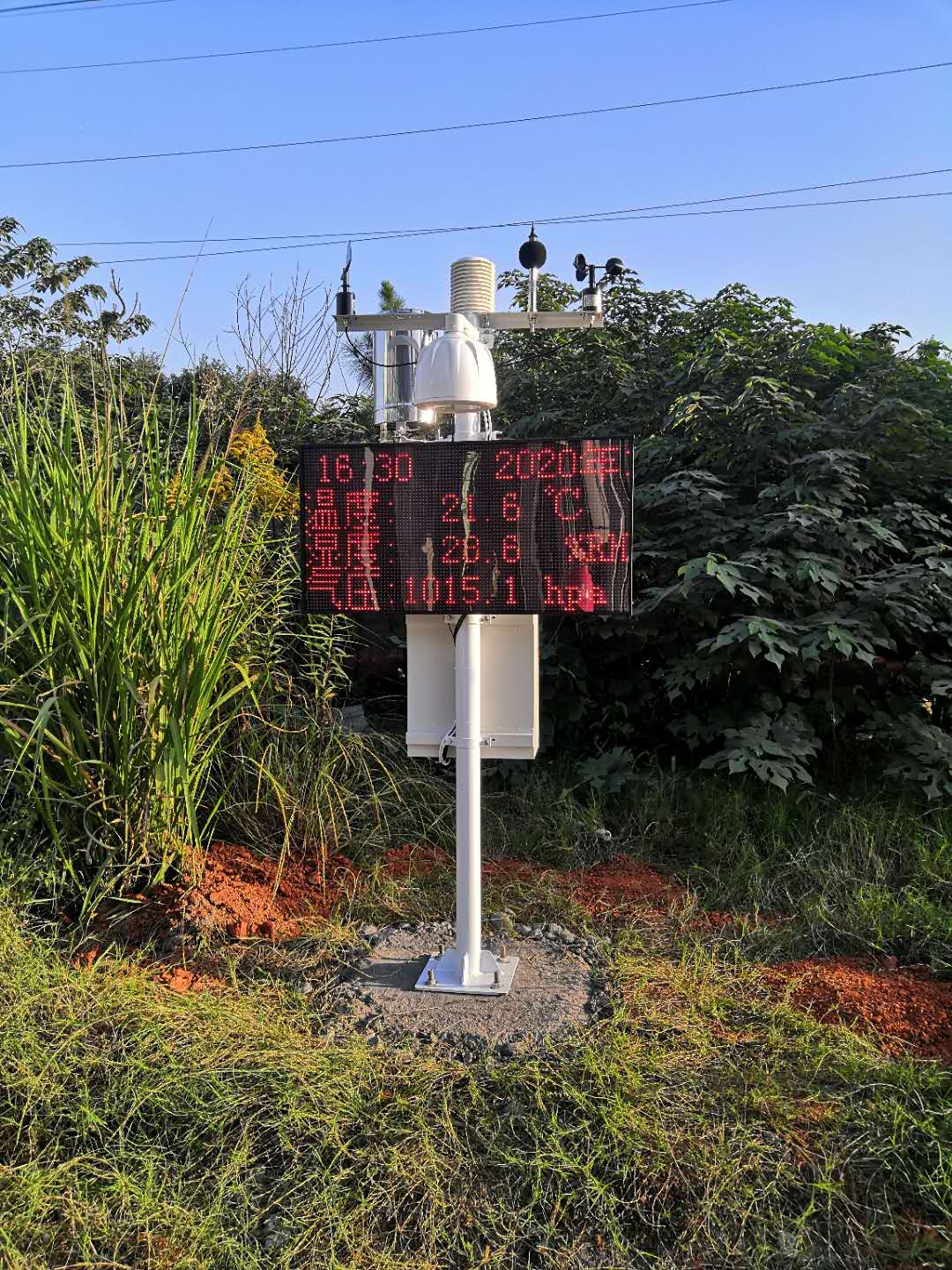
Get a tailored AWS solution to optimize your agriculture, energy, or research project:
- Free customized assessment by Niubol engineers
- Download Niubol AWS whitepaper or case studies
Niubol delivers modular, high-precision, industrial-grade AWS solutions adaptable to various scenarios, empowering data-driven operational excellence.
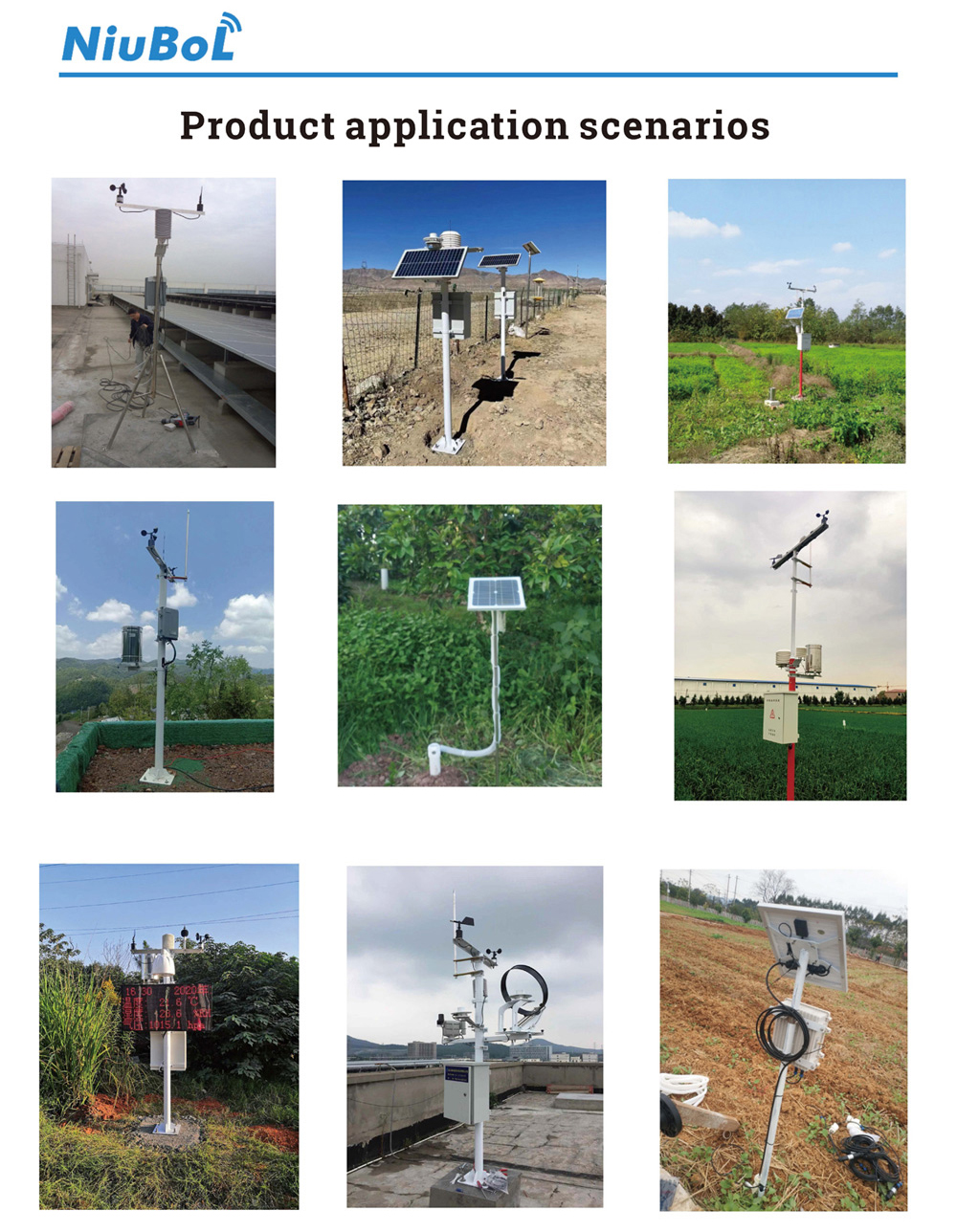
An Automated Weather Station (AWS) is a closed-loop system integrating multi-dimensional data acquisition, edge computing, cloud analytics, and automated decision-making. It enables:
- Precise monitoring and trend forecasting
- Anomaly alerts and automated decisions
- Irrigation optimization, photovoltaic efficiency gains
- Data-driven management and cost savings
Niubol AWS helps clients achieve water savings, higher yields, power optimization, and reduced O&M costs—a truly worthwhile investment in intelligent weather solutions.
Prev:Top Automated Weather Stations for Agriculture and Energy Projects
Next:Professional Weather Stations vs. Home Weather Stations
Related recommendations
Sensors & Weather Stations Catalog
Agriculture Sensors and Weather Stations Catalog-NiuBoL.pdf
Weather Stations Catalog-NiuBoL.pdf
Related products
 Combined air temperature and relative humidity sensor
Combined air temperature and relative humidity sensor Soil Moisture Temperature sensor for irrigation
Soil Moisture Temperature sensor for irrigation Soil pH sensor RS485 soil Testing instrument soil ph meter for agriculture
Soil pH sensor RS485 soil Testing instrument soil ph meter for agriculture Wind Speed sensor Output Modbus/RS485/Analog/0-5V/4-20mA
Wind Speed sensor Output Modbus/RS485/Analog/0-5V/4-20mA Tipping bucket rain gauge for weather monitoring auto rainfall sensor RS485/Outdoor/stainless steel
Tipping bucket rain gauge for weather monitoring auto rainfall sensor RS485/Outdoor/stainless steel Pyranometer Solar Radiation Sensor 4-20mA/RS485
Pyranometer Solar Radiation Sensor 4-20mA/RS485
Screenshot, WhatsApp to identify the QR code
WhatsApp number:+8615367865107
(Click on WhatsApp to copy and add friends)
